Just past Frankby village is a bridleway which passes to the south of Frankby Cemetery, heading straight for Royden Park. By the side of the path we spotted the protective tent of a nursery web spider, enclosing several Bramble leaves and a brood of young spiderlings.
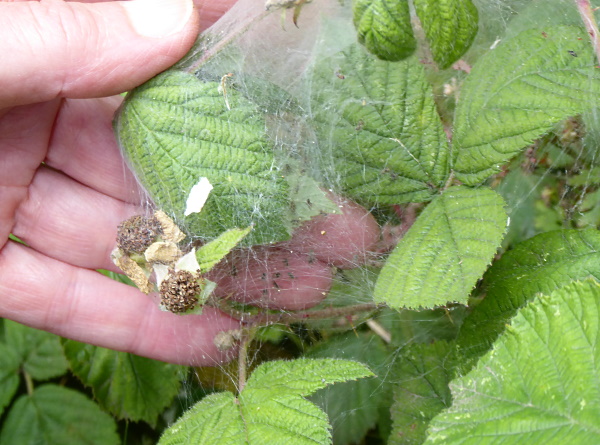
There were young Swallows flying above the road called Montgomery Hill, and at the gateway into Royden Park, on the trunk of an old cut-down Sycamore, we saw an amazing stalked bracket fungus. I think it’s a Dryad’s Saddle Polyporus squamosus. This is an old one, starting to dry out, but fresh young ones are edible and recommended in forager’s guides. They are said to smell of watermelon!
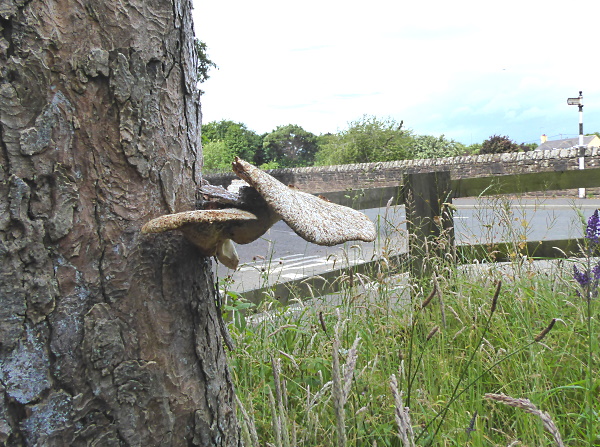
It had been cloudy and breezy but the sun came out briefly as we wandered around an open grassy area. Lots of Meadow Brown butterflies took to the wing and a Song Thrush started calling. By the path we spotted a Hawkweed flower covered in tiny beetles. They were probably Pollen Beetles, and there are dozens of species. They breed in the flower buds of brassicas, the larvae pupate in the soil, then the adults emerge from the ground in July and August and feed on flowers. They particularly like yellow ones. The RHS website says they are harmless in gardens, “just shake them off”, but one species is an important pest of Oil-seed Rape (Canola)
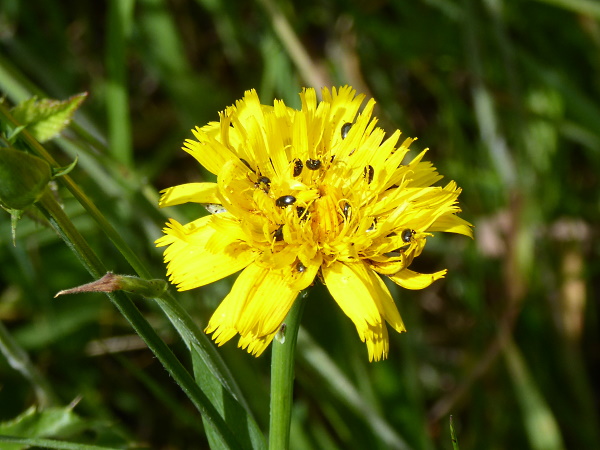
The park itself wasn’t looking its best. It was badly hit by the winter storms, and the remains of fallen trees were everywhere. Some fell onto the walled garden, damaging the walls. They had to get cranes in to lift out some of the dangerous trees, and the garden is still closed.
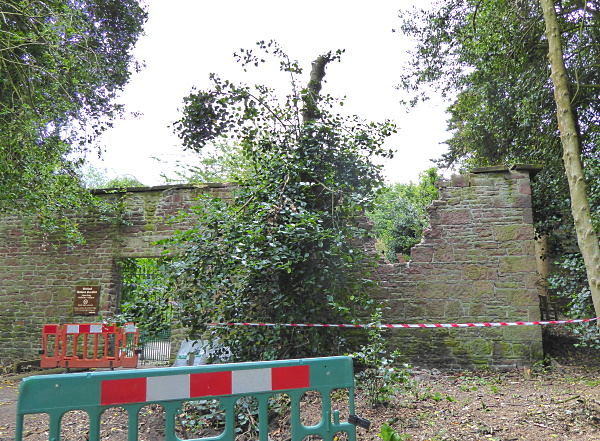
We lunched at the picnic benches near the miniature railway. There are two pine trees growing there on the grassy field, not crowded by anything else, and they definitely weren’t Scots Pines, because they were small, rounded trees. The needles came in twos, so they weren’t any of the unusual 3-needle or 5- needle pines. They had distinctive spiny cones, coloured a rich brown, and clusters of many female flowers. The bark was brownish, too, reticulated into small plates. Although I haven’t learned to identify many conifers, I though this one ought to be possible. However, I have studied the pines in all my books, and I’m none the wiser. (Added later: thanks again to Google Images, I think it might be Table Mountain Pine Pinus pungens, native to North America and the “Lonesome Pine” of the song. It isn’t in any of my tree books, which explains why I couldn’t find it. It must be quite rare!) (Added even later: see last two paragraphs of the blog for 10th July 2022 Everton Park, which adds more info but doesn’t solve the identification.)

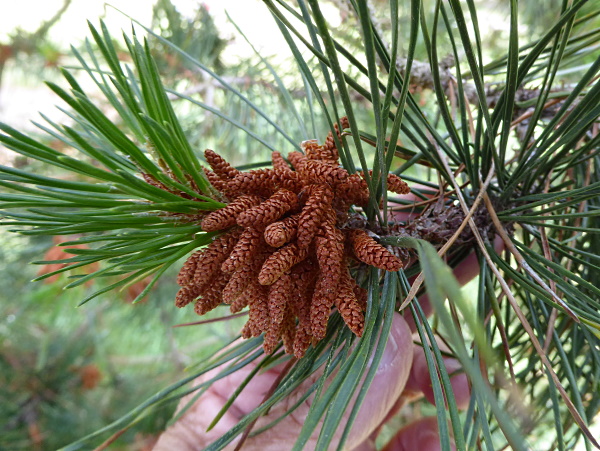
We were charmed by a tiny Moorhen chick apparently stranded on a floating duck house in Roodee Mere. Then we saw that it and its siblings were perfectly able to jump off and climb on again. But was this one brood or two? There appeared to be more than two adults feeding them. Our highest count was four adults and five chicks, and we wondered if they were combining into crèches like some geese do. However, the website of Birds in Cheshire and Wirral says “Moorhens usually raise two broods of chicks, sometimes even three, and adopt an unusual breeding strategy in which the first-brood chicks help to feed their younger siblings from the second nest, thus helping to relieve the burden on their parents and giving themselves some practice for their own breeding attempts in the next year.” That was probably what we were seeing.
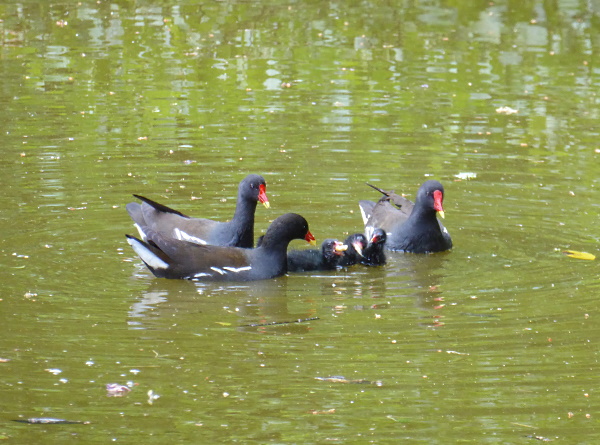
On the way back to Frankby we went to see their prize rare tree, a Madrona, Arbutus menziesii. It has evergreen leaves with finely serrated edges and red bark which peels off.
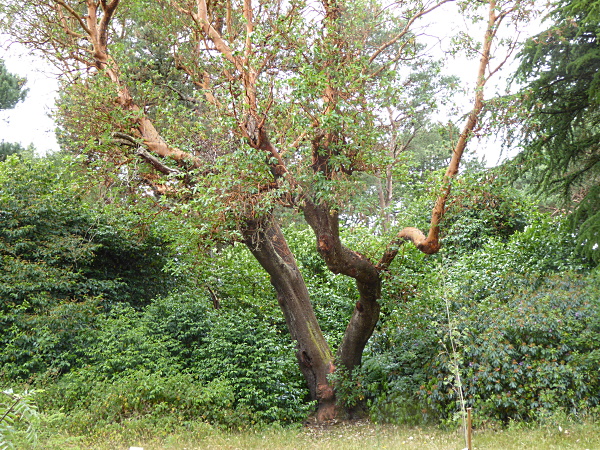
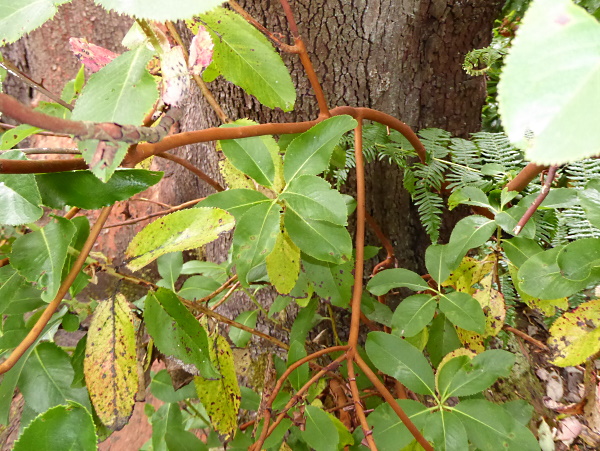
We went through Frankby Cemetery on the way back to the bus. We heard a lot of squawking of young Jays, just fledged, which were scrambling around in a dark hedge. The fine old building there was once Frankby Hall, centre of an estate which was acquired for the cemetery by Wirral Corporation in 1933. It was once home to a woman called Maude Royden, suffragist and campaigner for women’s ordination, and there is a recent blue plaque commemorating her.
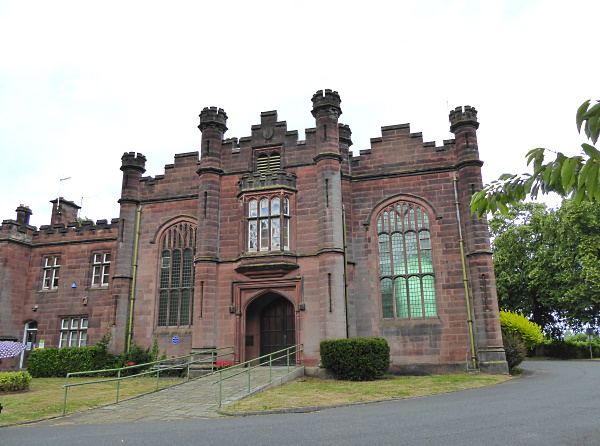
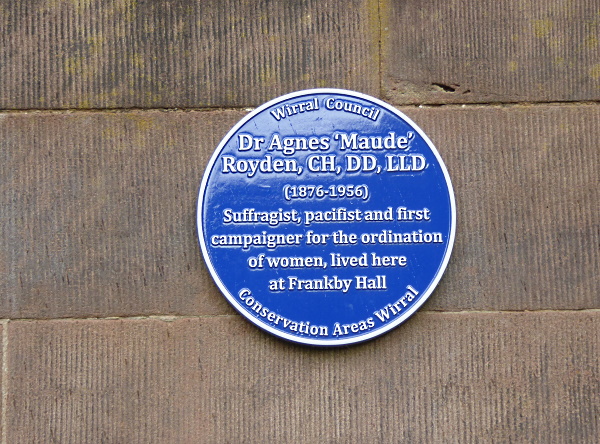
Public transport details: Bus 437, the West Kirby bus, from Sir Thomas Street at 10.04, arriving Frankby Road / opposite Frankby Stiles at 10.45. Returned on the 437 from Frankby Road / Frankby Green at 2.15, arriving Liverpool 2.50.
